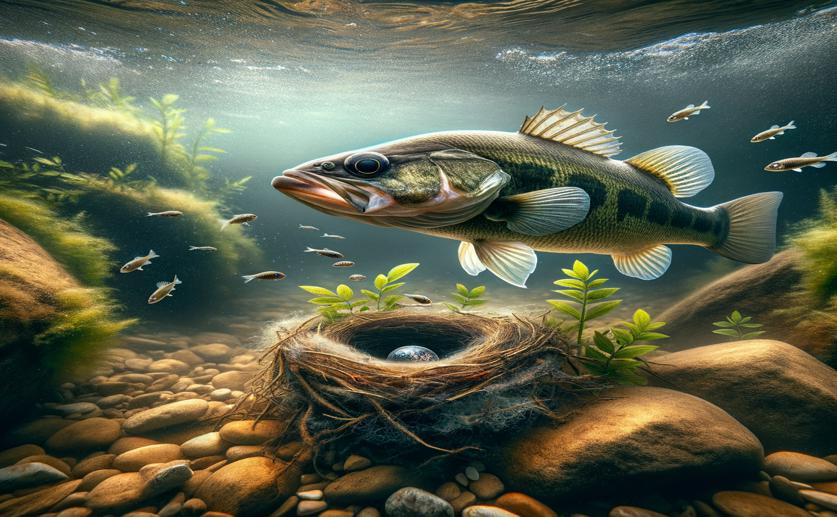
Null Models Confirm Nest Site Loyalty by Male Smallmouth Bass
Jim Crocker
28th June, 2024

Image Source: Natural Science News, 2024
Key Findings
- The study from Bowling Green State University shows that right-skewed distributions of inter-nest distances can occur even if nest locations are chosen randomly
- This finding challenges the assumption that such patterns necessarily indicate nest fidelity
- The researchers recommend using null models to differentiate between random and non-random site selection, providing a more accurate basis for inferring nest fidelity
References
Main Study
1) Null models confirm nest site fidelity by male smallmouth bass, Micropterus dolomieu
Published 27th June, 2024
https://doi.org/10.1186/s40850-024-00205-z
Related Studies
2) Measuring site fidelity and spatial segregation within animal societies.
3) SEXUAL SELECTION AND FITNESS VARIATION IN A POPULATION OF SMALLMOUTH BASS, MICROPTERUS DOLOMIEUI (PISCES: CENTRARCHIDAE).
4) Nest fidelity is driven by multi-scale information in a long-lived seabird.



 21st March, 2024 | Jim Crocker
21st March, 2024 | Jim Crocker